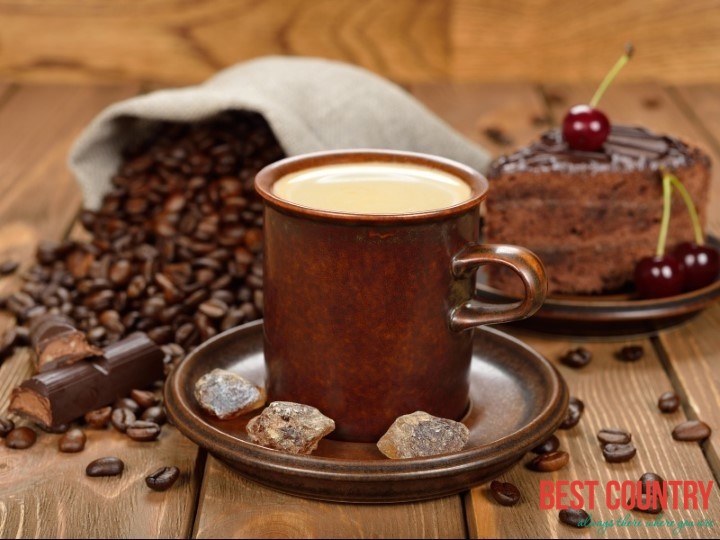Water purified for drinking purposes is simply called nam deum (drinking water), whether it is boiled or filtered.
Laos Drinks
All water offered to customers in restaurants or hotels will be purified, so one needn't fret about the safety of taking a sip (for more information on water safety, see the Health section earlier in this chapter).
In restaurants you can ask For nam pao (plain water, which is always either boiled or taken from a purified source) served by the glass at no charge, or order by the bottle.
A bottle of carbonated or soda water costs about the same as a bottle of plain purified water but the bottles are smaller.
 Coffee
Coffee
Lao-grown coffee, is known to be one of the world's best. Unlike the Thai, the Lao tend to brew coffee without adding ground tamarind seed as a flavoring or filler.
Traditionally, pure Lao coffee is roasted by wholesalers, ground by vendors and filtered just before serving.
On the other hand many Lao restaurants - especially in hotels, guesthouses and other tourist oriented establishments - serve instant coffee with packets of artificial cream.
On occasion, restaurants or vendors with the proper accoutrements for making traditional filtered coffee keep a supply of Nescafe just for foreigners.
To get authentic Lao coffee ask for kaa-feh thong (literally, bag coffee), which refers to the traditional method of preparing a cup of coffee by filtering the hot water through a bag-shaped cloth filter. Another phrase used on occasion is k(1a-feh 10m (boiled coffee).
The usual brewed coffee is served mixed with sugar and sweetened condensed milk if you don't want either be sure to specify kaa-feh dam (black coffee) followed with baw sai nam-taan (without sugar).
In Central and Southern Laos coffee is almost always served, with a chaser of hot nam saa (weak Chinese tea), while in the north it's typically served with a glass of plain hot water.
Tea
Both Indian-style (black) and Chinese style (green or semi-cured) teas an: served in Laos.
The latter predominates in Chinese restaurants and is also the usual ingredient in nam saa , the weak, often lukewarm, tea traditionally served in restaurants for free.
The teapots commonly seen on tables in. Chinese and Vietnamese restaurants are filled with nam saa: ask for a jawk pao (glass) and you can drink as much as you'd like at no charge. For iced nam saa ask for a glass of nam kawn (ice) and pour your own; for stronger fresh Chinese tea, request saa jiin.
Black tea, both imported and locally grown, is usually available in the same restaurants or food stalls that serve real coffee.
An order of saa hawn (hot tea) almost always results in a cup (or glass) of black tea with sugar and condensed milk. As with coffee you must specify beforehand if you want black tea without milk and/or sugar.